You might have observed that sometimes deposited cheques in bank accounts get returned/bounced in the cheque clearing system for various reasons. On 17/05/2012, the Reserve Bank of India published Uniform Regulations and Rules for Bankers’ Clearing Houses, which include annexure “D” to provide a Model List of Objections applicable for the physical instrument (paper cheque) as well as Image-based Cheque Clearing so that the reasons for cheque returns can be communicated to the bank customers.
However, in case any uncertain banking issue occurs, which is not listed in the annexure mentioned above “D,” then the bank will make a specific mention of the reason for the cheque return with the code “88 – Other reason (please specify)“.
A Grid-based Cheque Truncation System (or CTS) for clearing cheques was launched in New Delhi, Chennai, and Mumbai to cover many states and Union territories throughout India. The objective of the Grid-based CTS was quick and smooth functioning of the procedures in the cheque clearing system. While the local governments of all the states and Union territories (where the above-mentioned CTS was incorporated) used to implement different schedules of holidays. So it has become essential to come up with a new policy to ensure uniform holidays for grid-based CTS operations.
In 23/08/2013, the Reserve Bank of India directed all the banks in India to adopt a uniform holiday calendar to smooth running the cheque clearing system for Grid-based Cheque Truncation System (CTS) centers in New Delhi, Chennai, and Mumbai. The above CTS ensures clearing uniformity from one cheque to the other for all forms of cheques issued by banks all over India. RBI has decided to incorporate the following uniform holiday arrangements at the three CTS locations (New Delhi, Chennai, and Mumbai) with effect from 07/10/2013, such as:
The above-mentioned CTS centers will adopt RTGS holidays as uniform holidays for their respective grids. When all the states and Union territories covered by the CTS grid are observing holidays, even though RTGS is working on such days, the CTS operations will be closed on such days. The list of uniform holidays will be notified well in advance by the Presidents of the respective CTS locations to enable the participating banks to install inward clearing processing infrastructure at the grid location.
Banks generally process inward clearing at the CTS location in a centralized manner. But in case the reference to the base branch is needed, and the base branch is closed due to a local holiday, then under return reason code “88 – Other reason“, the drawee bank at the grid location may return the cheque to the presenting bank, with the description “need reference to the drawee branch which is closed on account of local holidays/issues,” as listed in annexure “D” of Uniform Regulations and Rules for Bankers’ Clearing Houses.
What is the Cheque Truncation System (or CTS)?
A Cheque truncation system is the process of electronically transferring the digital image of a paper cheque during the payment clearing process instead of transferring a physical paper cheque from one bank to another.
The cheque truncation system includes two processes, such as:
- Outward clearing, which is processed at the bank branch level. In this process, the bank branch uses an electronic scanner and processing software to capture the deposited cheque’s data, such as details of its Magnetic Ink Character Recognition (or MICR) band and images. Then these cheques are sent to the service branch.
- Inward clearing, which is processed at the service branch, where the received cheques are verified and balanced. After that, the cheques are sent to a central processing location, which is known as a clearing house.
After the Inward clearing process is complete, the clearing house sends the data of the verified cheque to the paying bank branch. Then, the cheque’s payment is processed, and the fund is credited to and debited from both bank accounts as required.
Meaning of Bank Cheque Return Reason Code 88 And Its Importance
Through a circular dated 09/04/2015 from the National Payments Corporation Of India, commonly known as NPCI for all the member banks of CTS clearing Southern/Western/Northern grids, a detailed list of reason codes was enclosed as annexure “D” provided under “Uniform Rules and Regulations for Bankers Clearing House (or URRBCH),” to be used by participating banks for Cheque returns. One such reason code is listed as “88 – Other reason“. When the return reason is not covered by the list provided under URRBCH, under such rare, unusual, or extraordinary circumstances, code 88 can be used to describe the reason for Cheque return.
When the participating banks select the return reason code 88, a free text field is provided for them, which can accommodate up to 25 characters. For your information, a text field is an interface component, which is similar to a Text Box that enables the user to input text, but it only allows for input in a single line.
Sometimes, while selecting code 88, cheque-clearing participating banks used to provide such text in the text fields so that they could not communicate the reasons for cheque returns to their customers. It is also observed that some special characters are being used in the text fields. To sort out the matter, it is decided to make some changes in the CTS, which include making text input in the text field mandatory, and the system will not accept any special characters too. The technical specifications for the same are provided in Annexure I.
In case the text input is invalid or includes special characters that are blacklisted, then such records will be rejected at the Clearing House Interface (or CHI) itself, and the CTS will validate the other reasons description. For such rejected cases, the concerned banks will have to rectify and reprocess so that the returns are passed through the appropriate session.
Required Technical Specifications
Following are the required technical specification on the return description text field for a reason code 88, such as:
- The text field must contain a minimum of 6 characters and a maximum of 25 characters.
- It will be mandatory at both UI and the RRF (Rich Release Format) files uploaded to give the reason for the Cheque return in the text field. You must know that an RRF file is a data file.
- The text field must not consist of numbers only.
- The text field can have numbers in between, but it must not start with a number.
- The text field must not consist of spaces only.
- The text field must not start with a space.
- The text field must not consist of the phrase “other reason” only.
- The text field must not consist of repetitive special characters and the following special characters will not be allowed, such as: Less than symbol (<), Greater than symbol (>), Ampersand symbol (&), Apostrophe symbol (‘), and Double apostrophe symbol (“).
The Bottom Wrap
In this article, we have provided you with a detailed overview of cheque return reason code 88, including what the Cheque Truncation System (or CTS) is, what is the meaning of bank cheque return reason code 88, and its importance in the cheque clearing system. Hopefully, after carefully reading this post, you must have quickly understood it. So now, the next time your cheque is returned due to Reason Code 88, you will know the exact cause.
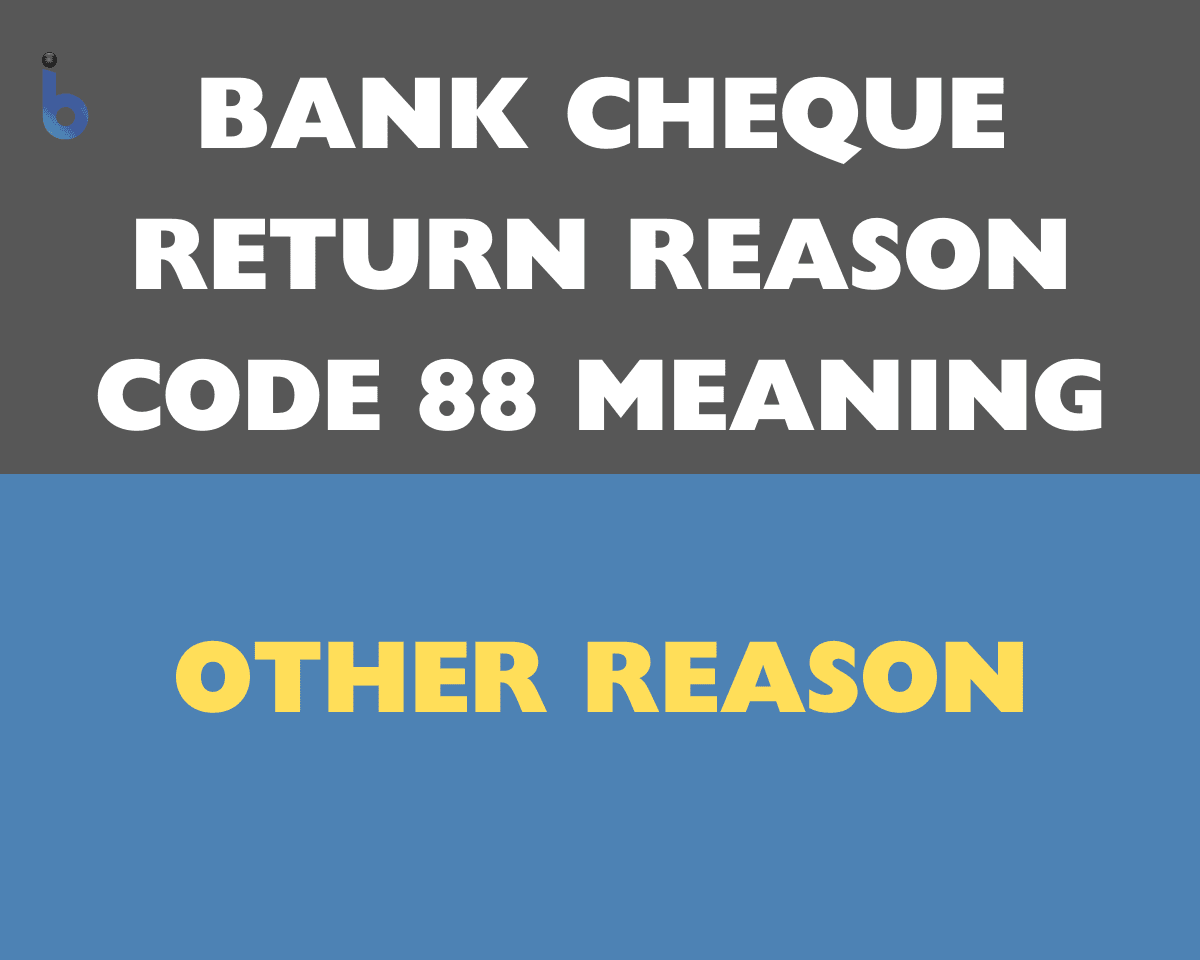
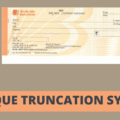
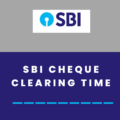
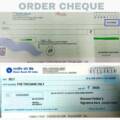
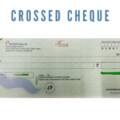
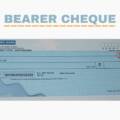
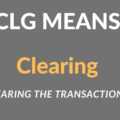
Be the first to comment